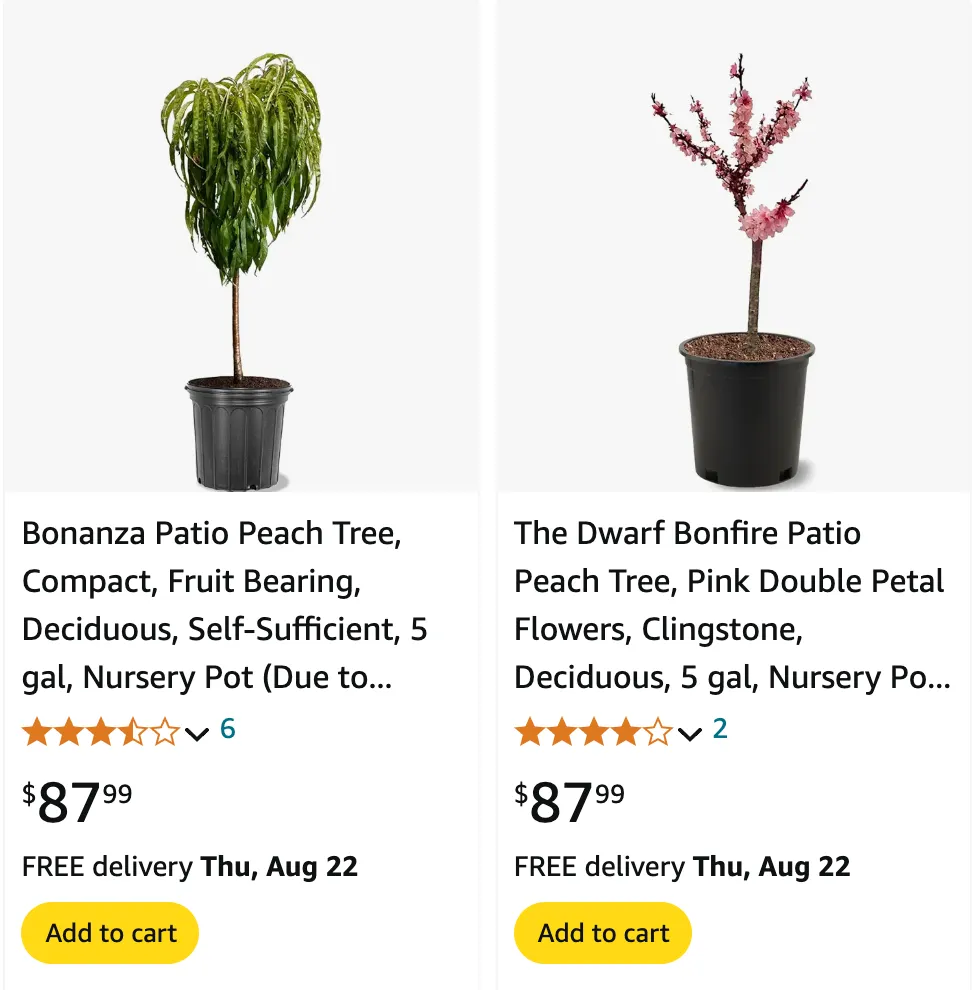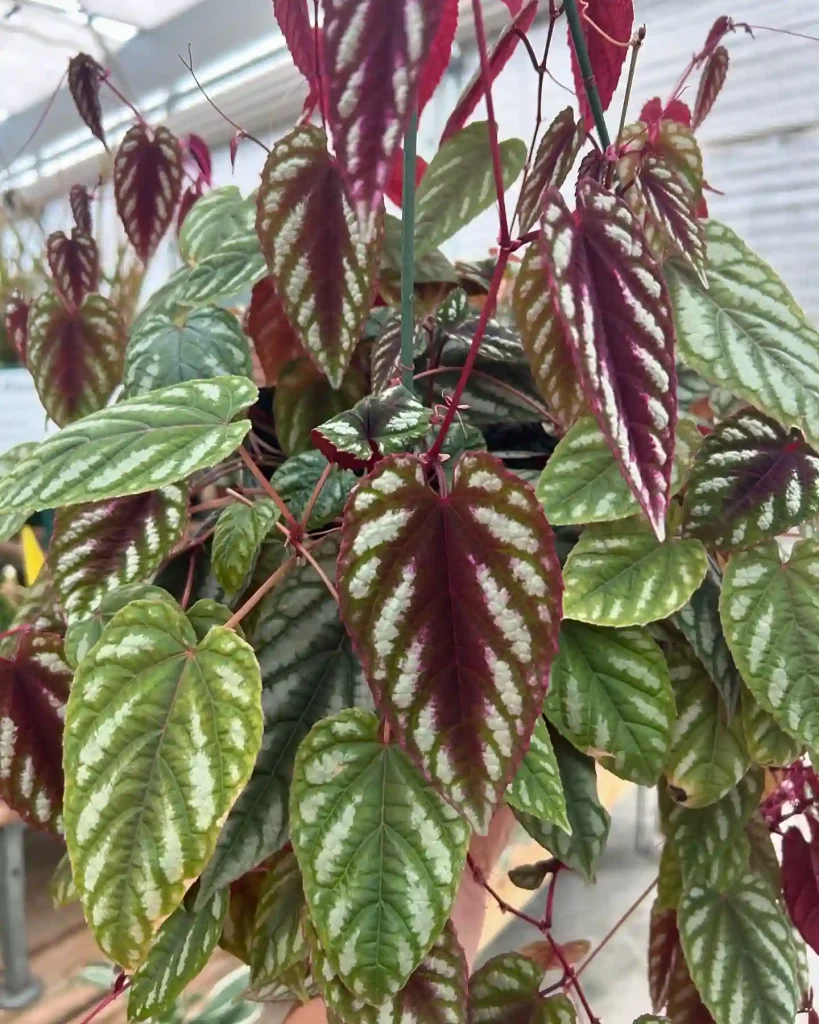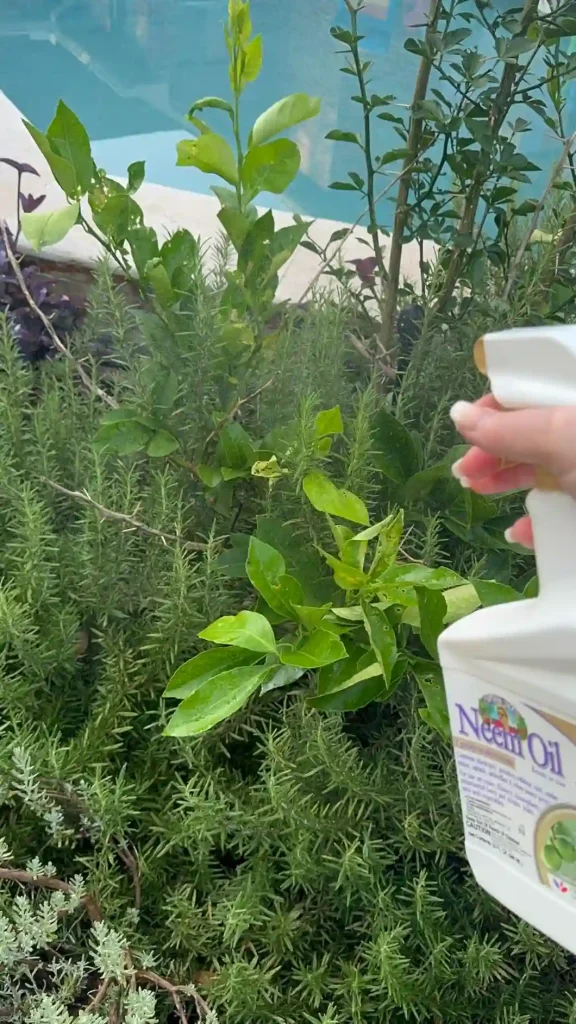
When I first got into gardening, one of the most intriguing plants I encountered was the Patio Peach Tree. These compact, ornamental trees were not only visually striking but also surprisingly practical. The idea of having a peach tree that fits perfectly on my patio seemed too good to be true. Over time, I’ve come to love these small wonders, and I’ve learned a lot about them through trial and error. Here, I’ll share some frequently asked questions (FAQs) and my personal experience with Patio Peach Trees.
What Is a Patio Peach Tree?
A Patio Peach Tree is a dwarf variety of a peach tree, perfect for growing in small spaces, such as patios, balconies, or even indoors. These trees are bred to remain small while still producing beautiful flowers and, in some cases, delicious fruit.
How Big Does a Patio Peach Tree Get?
Typically, a Patio Peach Tree will grow to a height of about 4 to 5 feet when fully mature. Varieties like the Bonfire Patio Peach Tree and the Ruby Ruffle Patio Peach Tree tend to stay on the smaller side, making them ideal for container planting. The dwarf size makes it easy to manage and relocate the tree if needed.
How to Care for a Patio Peach Tree?
Caring for a Patio Peach Tree is relatively easy, but like all plants, it has its needs. The tree thrives in well-draining soil and requires full sun, which means at least six hours of direct sunlight each day. Regular watering is crucial, especially during the hotter months, but be cautious not to overwater, as that can lead to root rot. Fertilizing the tree with a balanced fertilizer during the growing season will also help ensure it stays healthy.
One of the most common questions I get is about pruning. To maintain its shape and promote better growth, I prune my Patio Peach Tree in late winter or early spring before new growth starts. Regular pruning also helps improve air circulation, which can prevent diseases.
How to Propagate a Patio Peach Tree?
Propagating a Patio Peach Tree is usually done through cuttings or grafting. I’ve had more success with cuttings, especially during the spring. Simply take a healthy cutting about 6 inches long from a mature tree, remove the leaves from the lower half, and plant it in a pot with moist soil. Keep the cutting in a warm, humid environment until it roots, which usually takes a few weeks.
Can You Eat Peaches from a Patio Peach Tree?
Yes, you can! One of the most exciting things about growing a Patio Peach Tree is that it can produce edible fruit, depending on the variety. For example, the Bonanza Patio Peach Tree produces sweet, juicy peaches that are just as delicious as those from larger peach trees. While some varieties are more ornamental, like the Bonsai Patio Peach Tree, there are many that bear fruit you can eat right off the tree.
Flowering Patio Peach Tree
The flowers of a Flowering Patio Peach Tree are stunning. In early spring, the tree is covered in vibrant pink or red blossoms, depending on the variety. These flowers not only add beauty to your patio but also signal the start of the fruiting process. I’ve always found the blooming phase to be one of the most rewarding aspects of growing these trees. The combination of lush flowers and the promise of future fruit makes for a stunning display.
How to Plant with a Patio Peach Tree?
When planting other plants with a Patio Peach Tree, I prefer low-growing ground covers or small herbs that won’t compete with the tree for resources. Plants like lavender, thyme, or even strawberries make great companions. They add beauty while also helping to keep the soil cool and prevent weed growth.
Bonsai Patio Peach Tree: A Miniature Delight
For those who love bonsai, the Bonsai Patio Peach Tree is a fantastic option. It combines the art of bonsai with the beauty of flowering peach trees. I started my first Bonsai Patio Peach Tree a few years ago, and the process has been both challenging and rewarding. It requires regular pruning and careful attention to watering, but the result is a miniature tree that blooms and bears fruit in a tiny pot.
Patio Peach Tree Fruit: What to Expect?
Not all Patio Peach Trees are grown for their fruit, but many varieties, like the Bonanza Patio Peach Tree, produce small, sweet peaches. The fruit is typically smaller than that of standard peach trees, but it’s just as flavorful. The Patio Peach Tree Fruit generally ripens in late summer, and I’ve found that harvesting them at peak ripeness yields the best flavor.
Patio Peach Tree Zone: Where Do They Grow Best?
Patio Peach Trees thrive in USDA hardiness zones 5 through 9, making them suitable for a wide range of climates. However, if you live in a colder region, it’s best to bring the tree indoors during the winter months to protect it from frost. I’ve kept my trees in containers for easy relocation during the winter, and they’ve survived multiple seasons without any issues.
Final Thoughts
In conclusion, Patio Peach Trees are a wonderful addition to any garden, patio, or balcony. Whether you’re growing them for their ornamental beauty, like the Ruby Ruffle Patio Peach Tree, or for their delicious fruit, like the Bonanza Patio Peach Tree, these trees offer a unique blend of form and function. With proper care and attention, you can enjoy the beauty of flowering trees and the satisfaction of harvesting your own peaches, all from the comfort of your patio.
If i die, water my plants!

